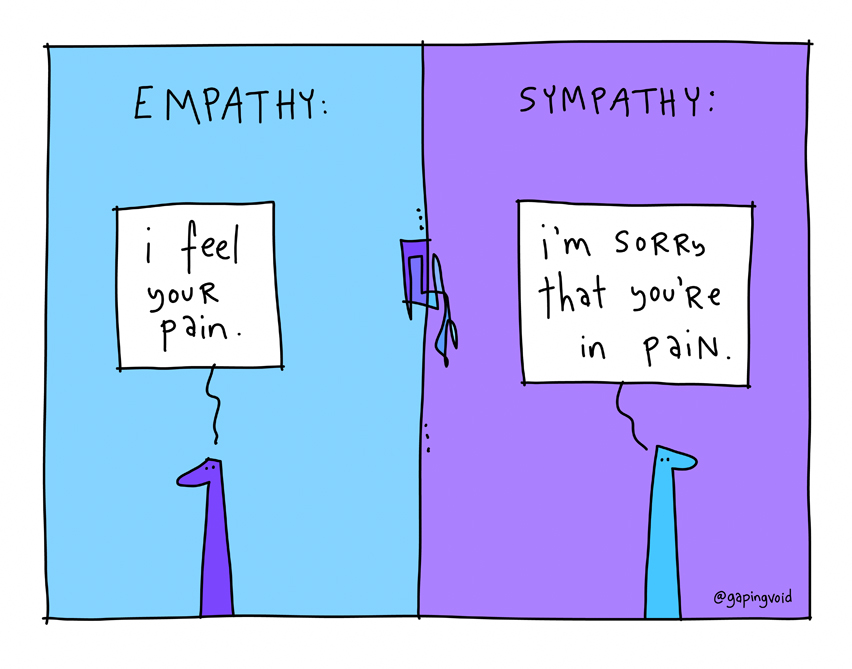High levels of empathy are key to the MI guiding style. Empathy has been misunderstood as the expression or demonstration of kindness, agreement, acceptance, or concern for the patient. It is more than that. Empathy is not sympathy, “poor you”, or “I’ve had the same problem”.
In this case, empathy is simply the demonstration of a keen but neutral curiosity for the patient’s ideas and attitudes regarding all sides of the behavior change being proposed. In this setting, empathy refers to the idea that you “get” the other person. You really understand their point of view about this proposed change. And you have the ability to communicate that understanding.

This can best be understood by thinking about your own experience with other people. Think about someone in your life who is a good listener, advisor, counselor, health care provider or friend. The chances are this person understands who you are and likes you with all your good points and flaws. How can you tell this is true? Usually it’s because they let you know that they understand, and you are not only okay with them, but they really like you! In MI, empathy is demonstrated using effective listening and communication skills, not through any measure of smiles, kind words, or enabling gestures. This understanding is communicated by using different types of reflections.
It is important that the clinician understand all sides of the patient’s situation, both the arguments in favor of changing and those against a decision to change. Accurate empathy refers to as complete an understanding as possible, so that the clinician really understands and can let the patient know they understand.
I find the best way to really learn how empathy works is to think about the ideas of MI as they apply in your own life. Who is that “go to” person when you have a problem or a decision to make? What makes them the one you want to talk to? Consider the qualities that person has that attract you. It might be because they don’t tell you what to do, or that they just listen well. Be that person for your clients.
This demonstration of empathy goes a long way in promoting health behavior change. I encourage you to think about how you express empathy with your clients, patients, colleagues and friends. How could you improve upon this skill?



